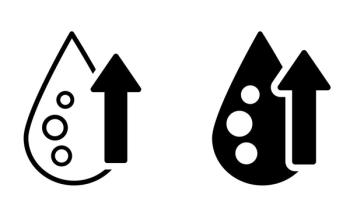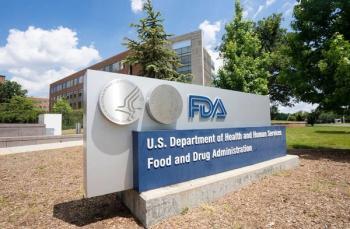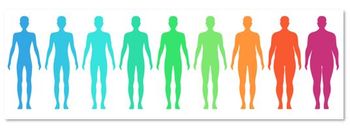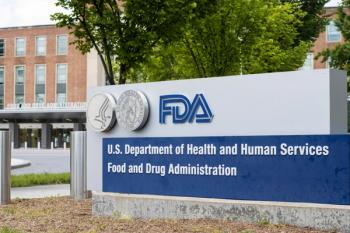
ACC: Fibrate Fails Dyslipidemia and Hypercholesterolemia Trials
NEW ORLEANS -- With an investigational super-potent fibrate called LY518674, HDLs didn't rise as planned for patients with atherogenic dyslipidemia, but serum creatinines went up unexpectedly, researchers here reported.
NEW ORLEANS, March 26 -- With an investigational super-potent fibrate called LY518674, HDLs didn't rise as planned for patients with atherogenic dyslipidemia, but serum creatinines went up unexpectedly, researchers here reported.
Those findings emerged from a study LY518674, a peroxisome proliferator-activated receptor (PPAR) a agonist, versus fenofibrate. Both drugs were equally effective at increasing HDLs and decreasing triglycerides, said Steven E. Nissen, M.D., of the Cleveland Clinic, who was lead investigator of the trial.
The results led the drug-maker to drop development of LY518674, although other investigational PPAR agents are being pursued.
When the investigational drug was combined with atorvastatin (Lipitor) in a separate trial of patients with hypercholesterolemia it again improved HDL-C and triglycerides but provided no additional reduction of LDL-C,
Dr. Nissen, who is also president of the American College of Cardiology, presented results of both studies at a late-breaking clinical trials session at the ACC. The study results were also simultaneously published online by the Journal of the American Medical Association.
While the LY518674 results were disappointing, Dr. Nissen said the dyslipidemia study also "raised some safety concerns about fenofibrate."
Fenofibrate also increased serum creatinine compared with placebo (P? 0.001) with the result that 38% of the fenofibrate patients and 37.5% of the LY518674-treated patients had serum creatine that exceeded normal range.
Additionally, fenofibrate -- but not the experimental agent --increased creatine phosphokinase compared with placebo (P=0.004).
Although the results were negative, Dr. Nissen said he pursued publication because the findings have implications for other clinical trials that are investigating the efficacy of fibrates. He said there have been more than 50 trials of agents in this class -- presumably with negative results -- but they are unpublished.
Publication was especially important for these trials, he said, because the study also revealed safety concerns for an approved drug--fenofibrate.
Paul M. Ridker, M.D., of Brigham and Women's Hospital and Harvard Medical School, who served as a moderator at the late-breaking clinical trials plenary session, joined Dr. Nissen in declaring that this trial and other null studies should not be buried.
Dr. Nissen said PPAR agonists remain intriguing candidates for study because as a class they activate nuclear receptors on a variety of genes that control lipid metabolism. Fenofibrate and other old-line fibrates are weak agonists of PPAR. So a more potent, selective PPAR agonist intuitively seemed a good candidate for study.
LY518674 is approximately 10,000 times more potent than fenofibrate, he said. So it was surprising that the increase in HDL achieved with LY518674 (25 g), while significantly better than placebo, was almost identical to the improvement seen with fenofibrate 5.9 mg/dL versus 5.5 mg/dL (P=0.79).
And higher doses of LY518674 "yielded smaller increases in HDL-C," he said.
Newsletter
Enhance your clinical practice with the Patient Care newsletter, offering the latest evidence-based guidelines, diagnostic insights, and treatment strategies for primary care physicians.


















































































































































































































































































